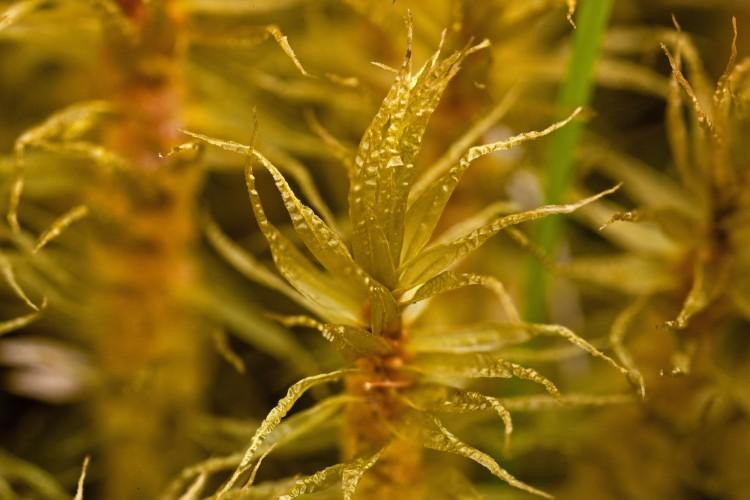
Dicranum-polysetum1-750×500.jpg from: https://ohiomosslichen.org/moss-dicranum-polysetum/
Introduction
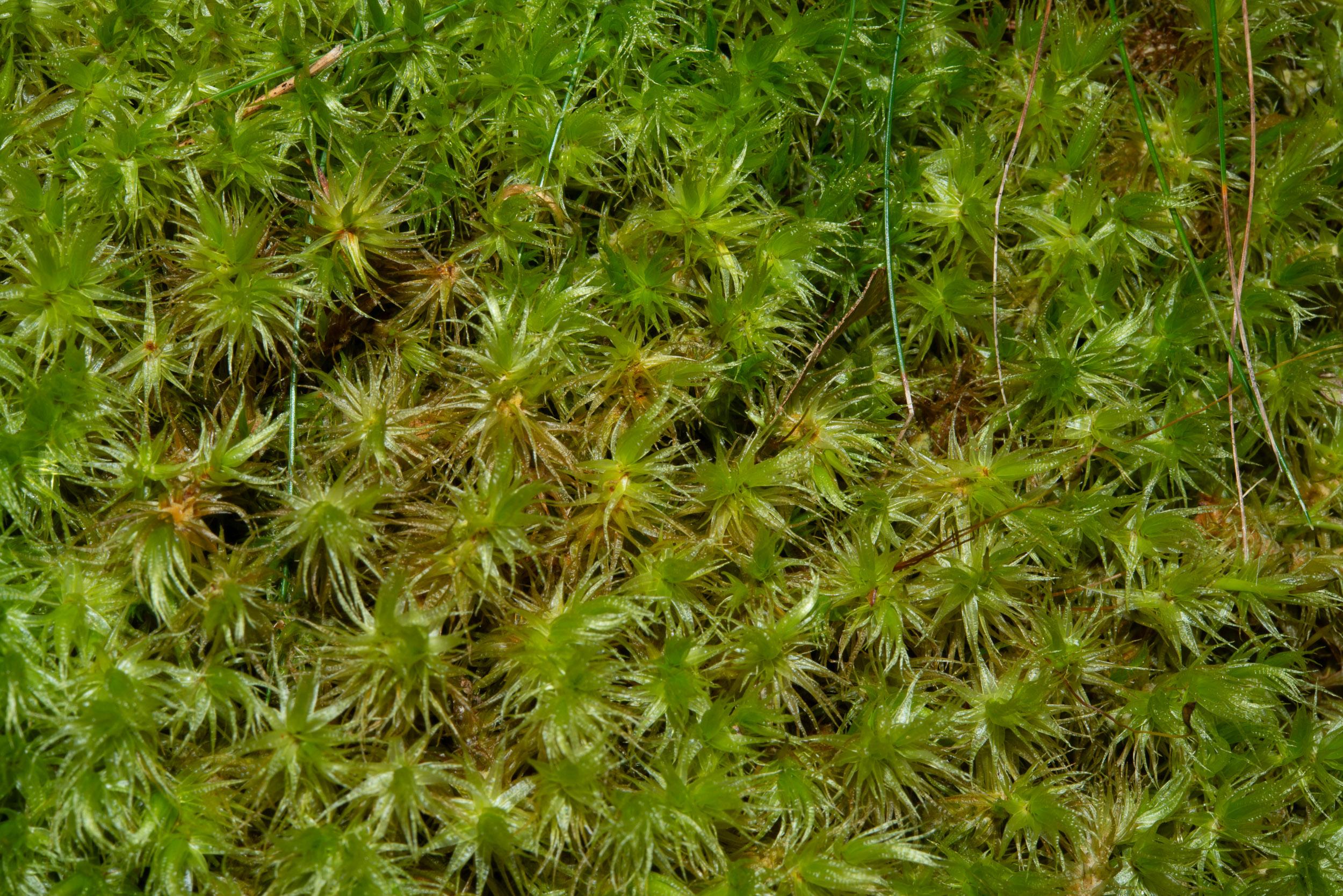
Dicranum_polysetum-EF5683730C.jpg from: https://www.florafinder.org/Species/Dicranum_polysetum.php
In the vast and captivating world of bryophytes, the Dicranum polysetum Sw. moss stands out as a remarkable species within the Dicranaceae family. Often referred to simply as Dicranum, this unassuming yet fascinating plant has captured the hearts of moss enthusiasts worldwide. Let’s delve into the intriguing realm of this Bryopsida marvel.
Background
Before we explore the intricate details of Dicranum polysetum Sw., it’s essential to understand the broader context of bryophytes. These non-vascular plants, which include mosses, liverworts, and hornworts, are among the oldest land plants on Earth. They play crucial roles in various ecosystems, acting as pioneers in colonizing new environments and contributing to soil formation and moisture retention.
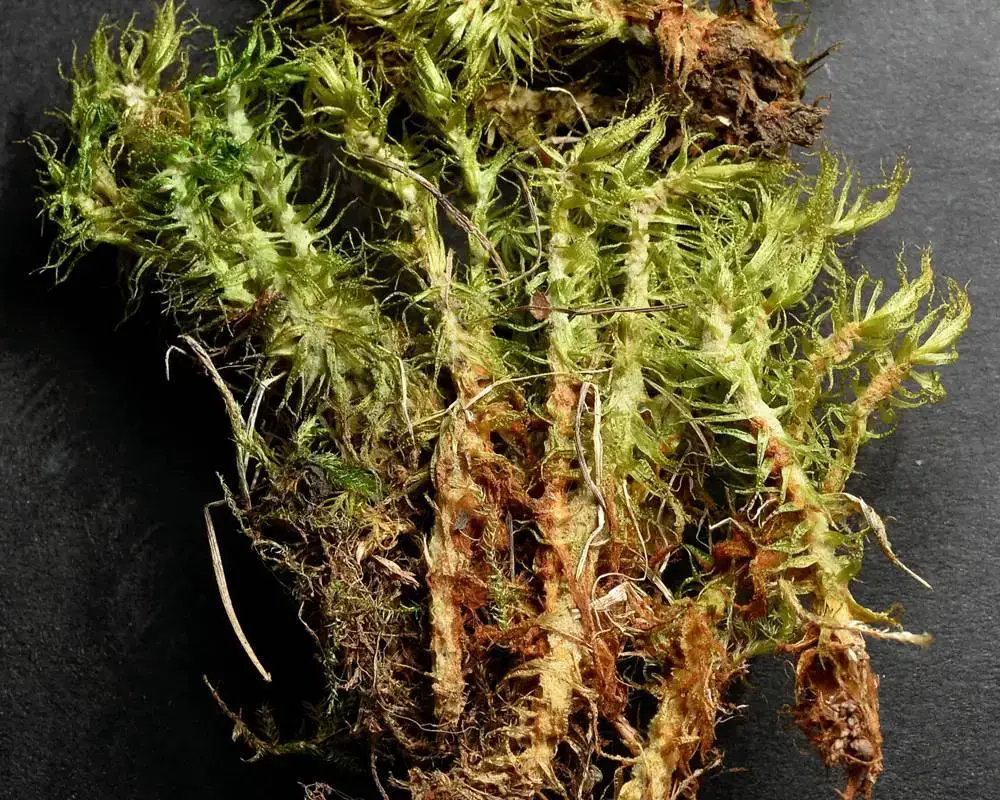
Dicranum_polysetum_M17070_1553701734.jpg from: https://bryophyteportal.org/portal/taxa/index.php?taxon=158753
Main Content
Morphology and Identification
Dicranum polysetum Sw. is a striking moss species characterized by its tufted growth habit and distinctive curved leaves. The leaves are lanceolate in shape, with a single costa (midrib) running along their length. When viewed under a microscope, the leaf cells reveal a papillose (rough) surface, adding to the moss’s unique texture.
One of the most remarkable features of Dicranum polysetum Sw. is its ability to produce numerous sporophytes (spore-bearing structures) on a single plant. These sporophytes, which resemble tiny stalks topped with capsules, are a testament to the moss’s reproductive prowess.
Global Distribution and Habitat
Dicranum polysetum Sw. is widely distributed across various regions of the world, including Europe, North America, and parts of Asia. It thrives in a variety of habitats, from coniferous and deciduous forests to rocky outcrops and shaded areas.
This moss species is particularly well-adapted to acidic soils and can often be found growing on decaying logs, stumps, and the base of trees. Its ability to colonize these environments is a testament to its resilience and adaptability.
Ecological Roles and Adaptations
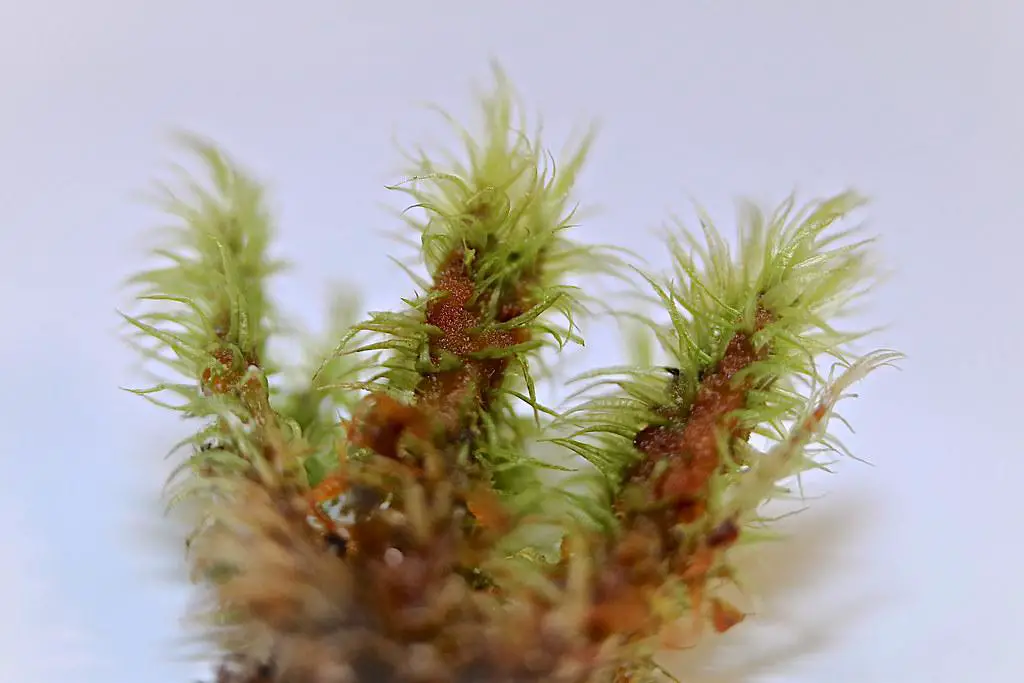
17032471302_de80fb4c81_b.jpg from: https://www.flickr.com/photos/49663413@N08/17032471302
Like many bryophytes,
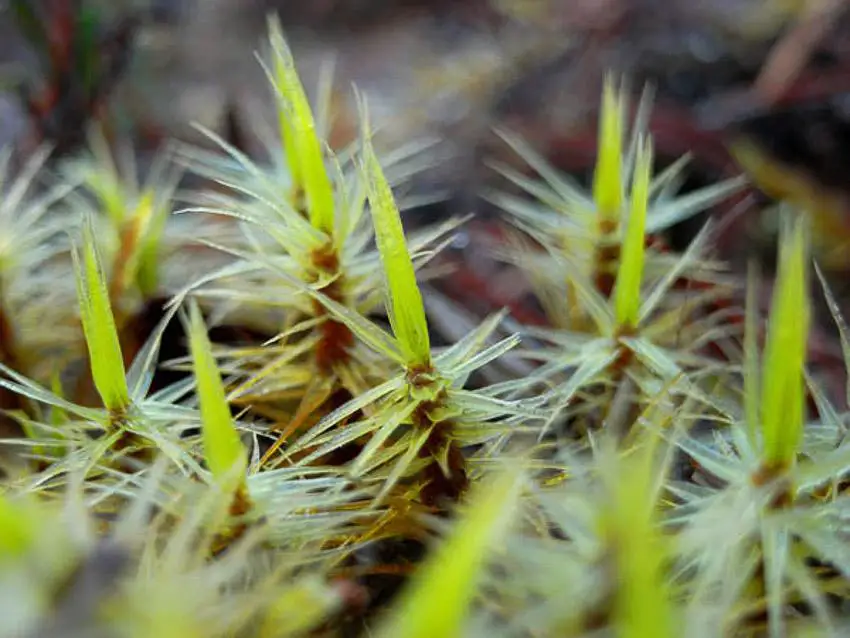
04-16-Dicranum-polysetum.jpg from: https://www.britishbryologicalsociety.org.uk/learning/species-finder/dicranum-polysetum/
Dicranum polysetum Sw. plays a vital role in its ecosystem. It contributes to soil formation and moisture retention, creating favorable conditions for other plants to thrive. Additionally, this moss serves as a microhabitat for various invertebrates, providing shelter and sustenance for these tiny creatures.
One of the remarkable adaptations of Dicranum polysetum Sw. is its ability to tolerate desiccation. During periods of drought, the moss can enter a state of dormancy, only to revive and resume growth when moisture becomes available again. This resilience is a testament to the evolutionary strategies employed by bryophytes to survive in challenging environments.
Case Studies/Examples
In a recent study conducted in a temperate forest in North America, researchers discovered that Dicranum polysetum Sw. played a crucial role in facilitating the establishment of tree seedlings. The moss’s ability to retain moisture and create a favorable microclimate contributed to the successful germination and growth of various tree species.
Another fascinating example comes from a boreal forest in Europe, where Dicranum polysetum Sw.
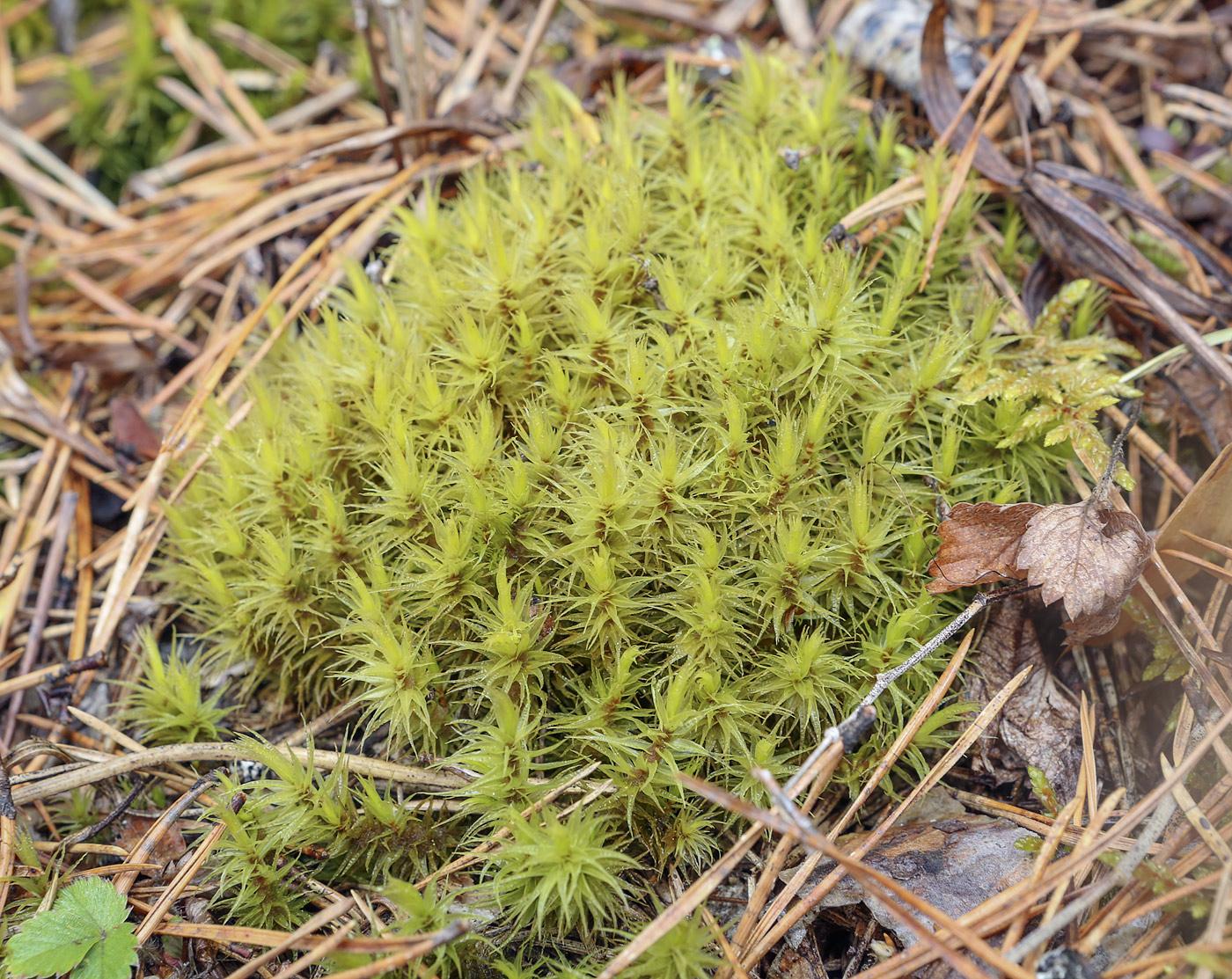
694152_19df3bc6.jpg from: https://www.plantarium.ru/page/image/id/694152.html
was found to be a significant component of the ground layer vegetation. Its presence contributed to the overall biodiversity of the ecosystem, providing habitat for a wide range of invertebrates and other organisms.
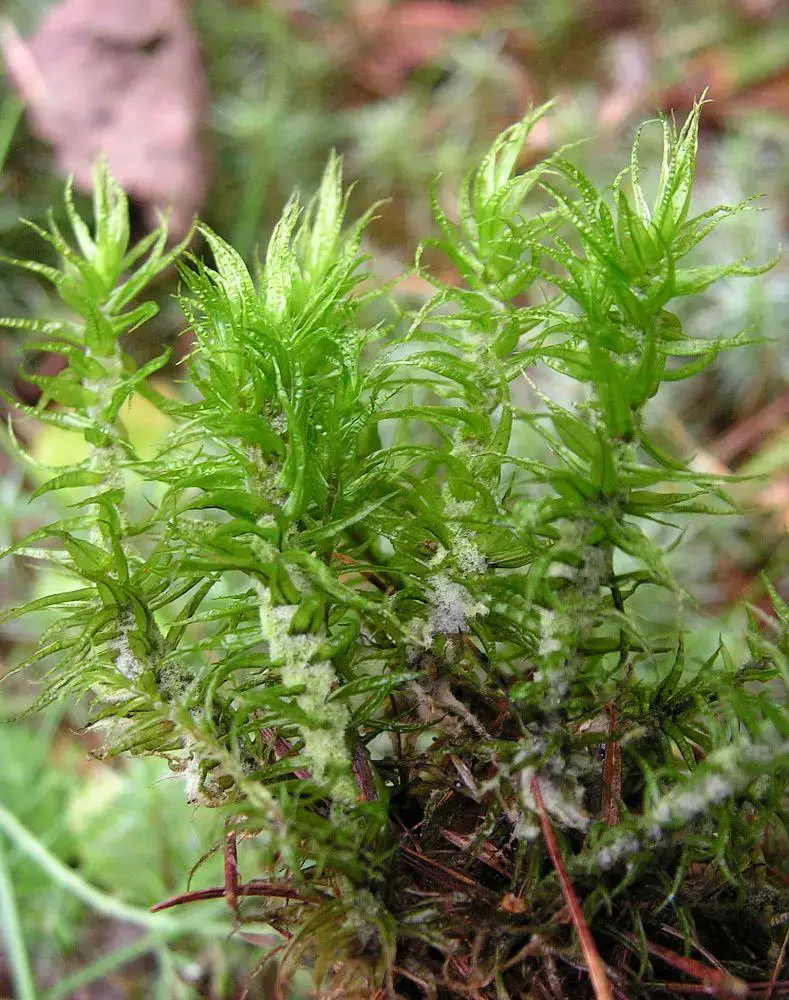
490059_2cc0bfe7.jpg from: https://www.plantarium.ru/page/image/id/490059.html
Technical Table
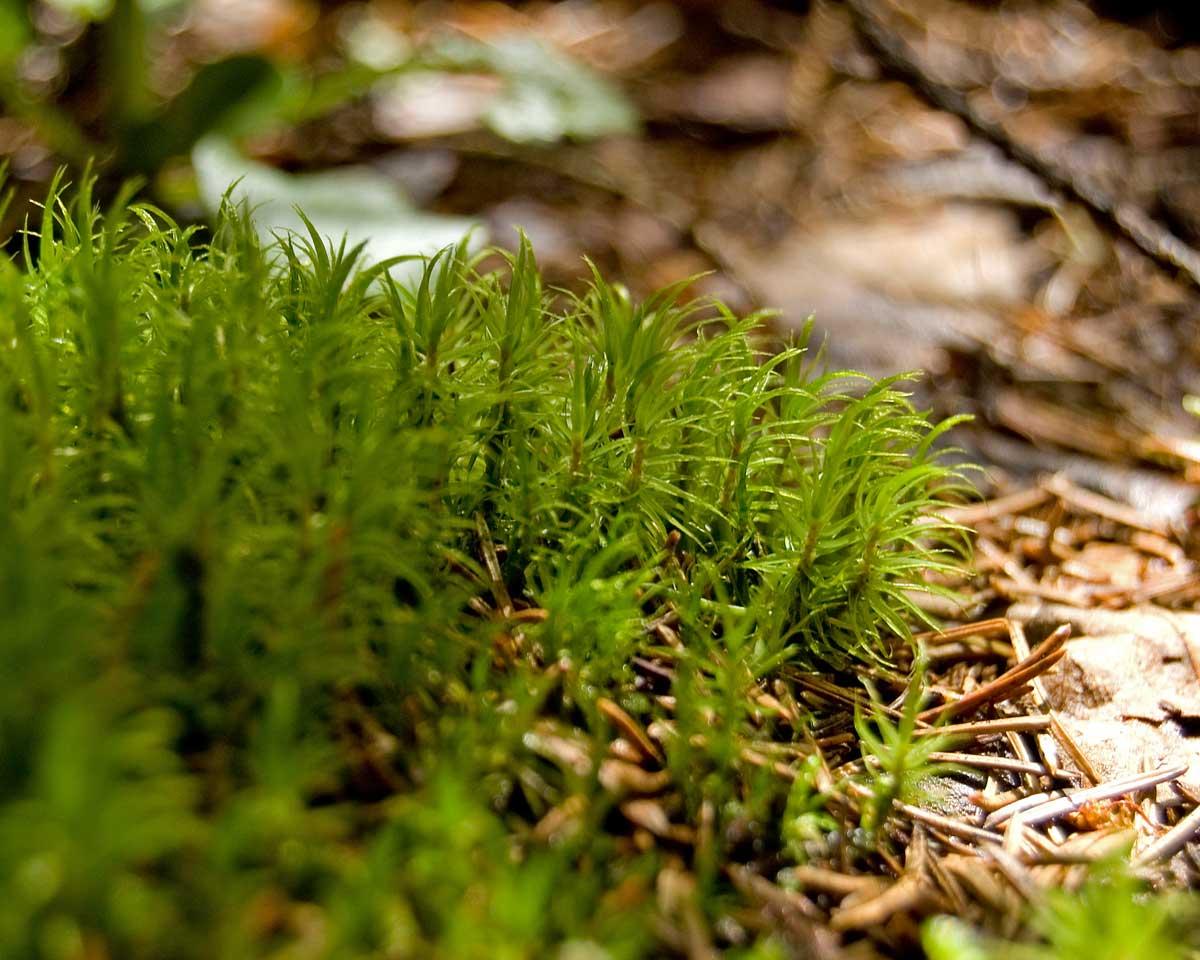
527140_4e1800fd.jpg from: https://www.plantarium.ru/page/image/id/527140.html
| Characteristic | Description |
|---|---|
| Phylum | Bryophyta |
| Class | Bryopsida |
Order
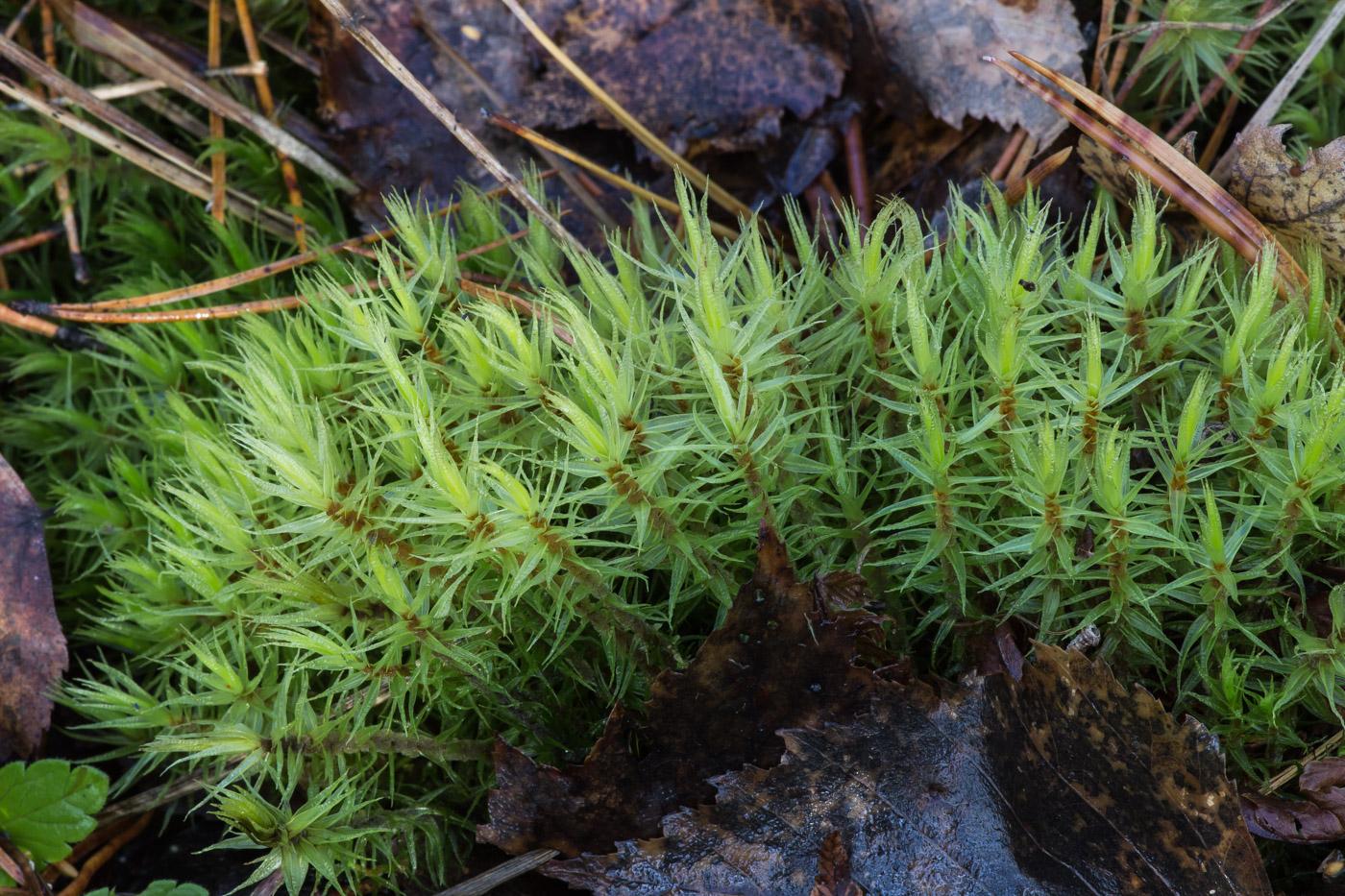 639718_01c7fd99.jpg from: https://www.plantarium.ru/page/image/id/639718.html |
Dicranales |
| Family | Dicranaceae |
| Genus | Dicranum
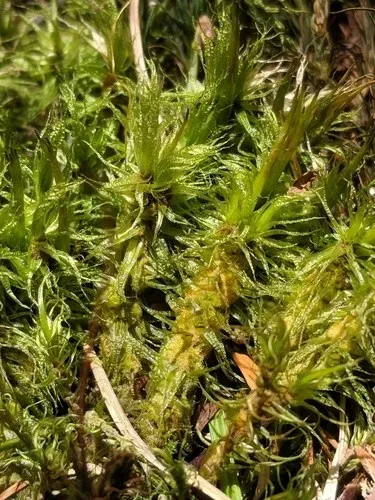 154002808423579649.jpeg from: https://www.picturethisai.com/ar/wiki/Dicranum_polysetum.html |
| Species | Dicranum polysetum Sw. |
| Growth Habit | Tufted, upright |
| Leaf Shape | Lanceolate, curved |
| Leaf Surface | Papillose (rough) |
| Sporophytes | Numerous, with capsules |
| Habitat | Coniferous and deciduous forests, rocky outcrops, shaded areas |
| Distribution | Europe, North America, parts of Asia |
Conclusion
The Dicranum polysetum Sw. moss is a true marvel of nature, showcasing the incredible diversity and resilience of bryophytes. From its distinctive morphology to its vital ecological roles, this unassuming plant has captured the imagination of moss enthusiasts worldwide. As we continue to explore and appreciate the wonders of the natural world, let us ponder this thought-provoking question: What other hidden gems await discovery in the realm of bryophytes, and how can we better protect and preserve these invaluable components of our ecosystems?